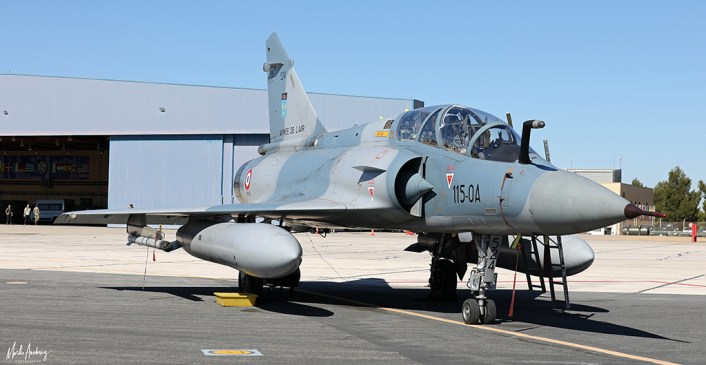
We report about the first TLP flying course of 2022.
TLP 22-1, the first of this year, took place at the Base Aérea de Los Llanos, home of the Ala 14 of the Spanish Air Force and the Tactical Leadership Programme (TLP) courses, in Albacete, between Feb. 14 and Mar. 4, 2022. The Flying Course saw the attendance of 560 participants, 37 of those were graduates including 30 pilots, 4 Intelligence Officers and 3 Controllers.
TLP was born in 1978 as a set of seminar. In the following years, the programme evolved in order to include flying courses and to train pilots to tactical leadership in conducting multinational operations. Supported by the governments of 10 NATO members (Belgium, Denmark, France, Germany, Greece, Italy, the Netherlands, Spain, United Kingdom and the United States of America), the goal of TLP is to prepare NATO allied coalition forces for worldwide tactical air operations. This is obtained by preparing flight leaders to be Mission Commanders to lead coalition force air strike packages; train allied flying and non-flying personnel in all matters related to tactical composite air operations (COMAO); introduce new NATO partners and allies to NATO tactical air operations; and provision of tactical air expertise to NATO agencies.

During the years, TLP’s HQ moved across Germany (Fürstenfeldbruck and Jever) and Belgium (Florennes) and eventually ended up to Spain, in Albacete, in 2009. Back then, NATO focus had shifted away from a potential conflict in central Europe (a Russian invasion of Ukraine was not at the horizon…), therefore TLP needed a headquarters and training areas that would be more representative of the theatres of potential future conflicts. Moreover, the congested air traffic of Central Europe made it difficult to accommodate the intense flying activity connected with each course. Albacete was chosen for the most favorable weather conditions and the large airspace structure it offered.

A number of academic courses and four flying courses that include COMAO, OPFOR, RMC (Rescue Mission Commanders), and C2/ISR, are held there every year in order to allow military pilots, GCI/AWACS controllers and ISR operators of the participating nations to become able to lead future complex operations.

The FC 22-1 saw the participation of a variety of combat aircraft from Spain, France, Greece, Italy and the U.S, including Spanish Air Force Hornets, French Air Force Mirage 2000B/C and Rafale B/C, Hellenic Air Force F-16C, Italian Air Force Tornado IDS and ECR and U.S. Air Force F-15E aircraft. In this article you can find a selection of photographs of the participating assets, taken by aviation photographer Moshi Anahory.


As usual, the assets were split into two teams – Blue Air (friendly forces), made of 22 aircraft, and Red Air (enemies), made of 8 aircraft – with the crews going through a total of 12 missions:
- Three “Synthetic” missions: planned as real life sorties but flown in the TLP Synthetics System for plan validation. These missions aim to familiarize the participants with the planning process and COMAO procedures, start building up leadership skills and enhance teamwork and cooperation among aircrews.
- Nine Live missions: these missions aim at challenging the participants to develop the tactical leadership skills necessary to plan, brief, fly, and debrief fully integrated multi-national formations.
Two E-3 AWACS provided Air Management and Airborne Early Warning over the 2-week course: one from NATO and another one from France, both operating from their homebases.
Anti-aircraft threat simulation was provided by the Ejercito de Tierra with NASAM and MISTRAL systems and by the French with MAMBA.
According to the TLP website (that is rich of resources and usually very well maintained): “With about 97% of the planned sorties executed, and while enjoying the great winter Spanish weather, the participants have graduated after completing the Flying Course syllabus. Our graduates will now join their units and contribute to the increase of the Alliance effectiveness through leadership at the tactical level.”




